Regarding the fire at the mini apartment building in Hanoi, on September 13, Associate Professor, Dr. Dao Xuan Co - Director of Bach Mai Hospital (directly directing the emergency response for the victims) said that the hospital is treating 24 patients, most of whom are suffering from CO poisoning. In addition, some patients jumped, so many patients suffered trauma and multiple trauma. The patients are being treated at the hospital's departments and centers.
Mr. Nguyen Van Chi - former Director of Bach Mai Hospital Emergency Center also said that in this fire disaster, there were 2 major groups of injuries, including a group of patients who inhaled a large amount of smoke, with a lot of toxic CO gas.
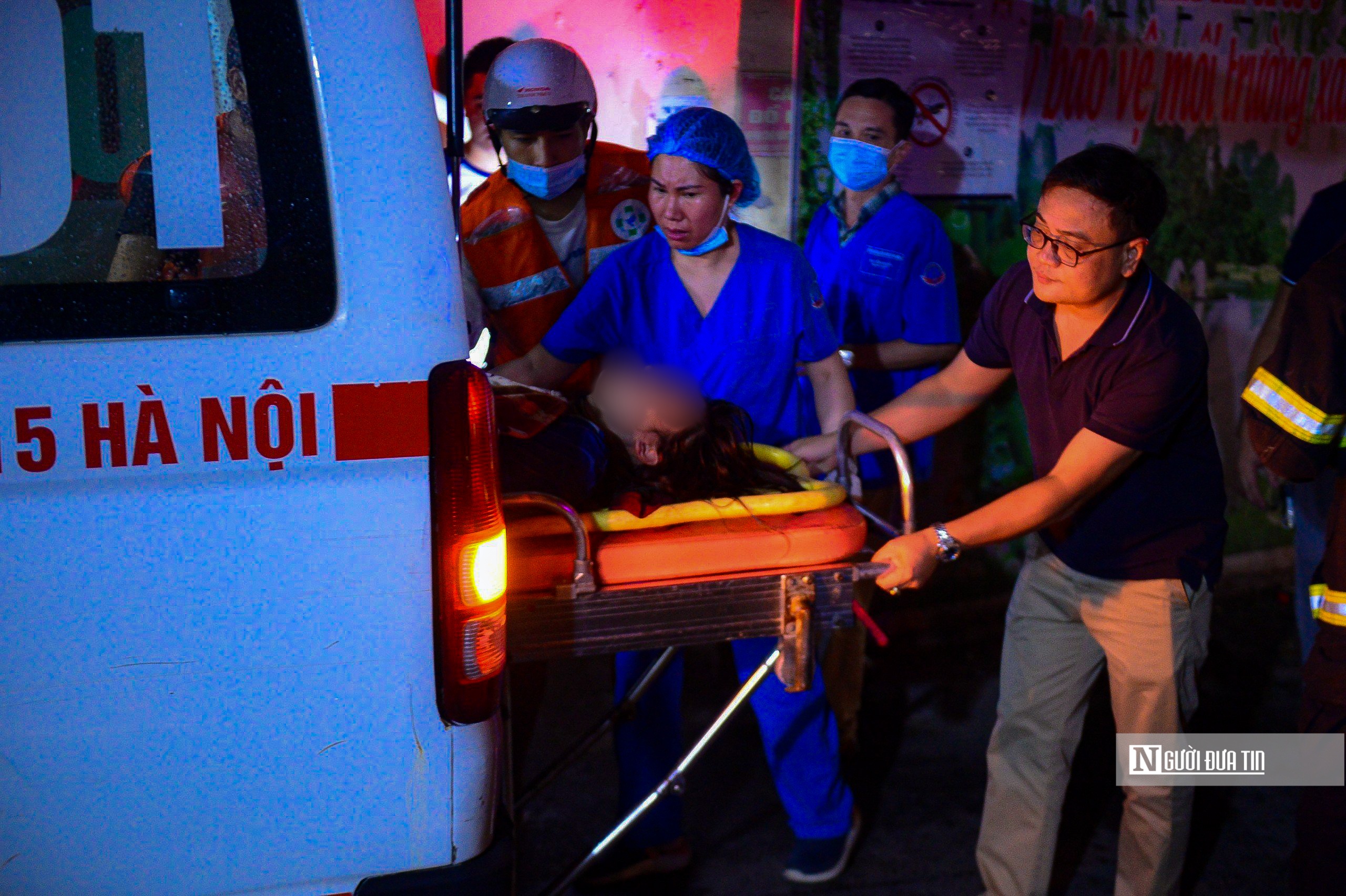
Most patients with CO poisoning.
Talking to Nguoi Dua Tin , Dr. Nguyen Huy Hoang, in charge of the Vietnam - Russia Hyperbaric Oxygen Center, Vietnam - Russia Tropical Center, Ministry of National Defense said that CO gas poisoning is a common cause of death in the world as well as in Vietnam.
CO gas is produced when organic compounds are not completely burned in an oxygen-deficient environment. However, it is dangerous because it is non-irritating, colorless, and tasteless. Therefore, if the victim is not conscious, sleeping, drunk, or unconscious, the patient may die before they know what is happening.
According to Dr. Hoang, in daily life, acute CO poisoning is often encountered in two situations:
Firstly, when it is cold, we warm ourselves in a closed room with a gas stove, a honeycomb coal stove, or burning wood, which increases CO, which can be fatal. Or using a generator or turning on a car engine in a closed environment will also produce a lot of CO gas, causing the victim to slowly fall into a state of CO poisoning.
Second, in fires, most victims are mainly suffocated by CO gas. The mechanism of CO poisoning is that when it enters the respiratory tract, it immediately binds tightly to hemoglobin in red blood cells to form a very strong compound called carboxyhemoglobin, which cannot transport oxygen, causing the body to fall into a state of oxygen deficiency.
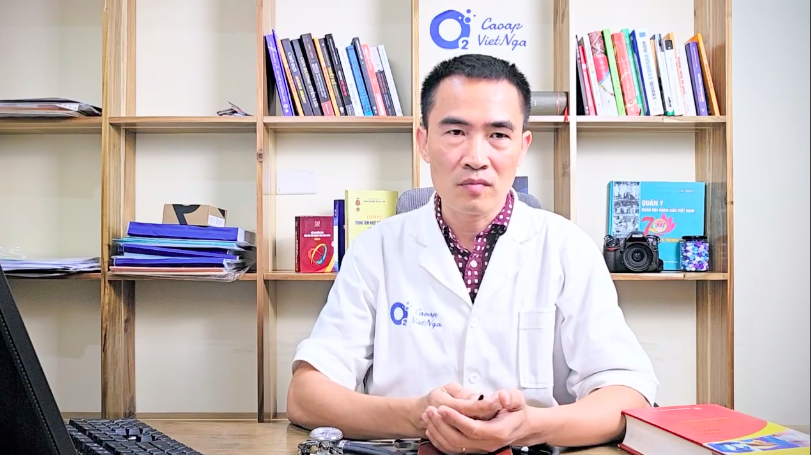
Dr. Nguyen Huy Hoang provides more information on how to handle CO poisoning.
According to Dr. Hoang, patients with acute CO poisoning when CO enters the body are neurotoxic, especially on central nervous system cells in the brain, causing symptoms of neurotoxicity and cerebral edema.
CO gas and carboxyhemoglobin compounds inhibit cellular respiration, preventing the body from producing energy.
“The severity of symptoms depends on the degree of CO poisoning. When the hemoglobin level is less than 25%, CO poisoning is usually mild. However, in patients with cardiovascular and coronary artery disease, even a very small amount of CO can cause cardiovascular symptoms to worsen.
When the amount of hemoglobin invaded by CO, forming carboxyhemoglobin compounds is greater than 25%, the symptoms will become more severe, with severe chest pain, drowsiness, rapid pulse, and low blood pressure, which is very dangerous. When the poisoning increases to 50%, the disease is very dangerous, with low blood pressure, metabolic acidosis, coma, and death if not treated promptly," said Dr. Hoang.
In addition, Dr. Hoang also added that CO poisoning can also have other symptoms such as: abdominal pain, loss of consciousness, weak limbs, sphincter disorders... in addition to mental and neurological symptoms, but they often appear late after a few days, even a few weeks.
To treat patients with CO poisoning, Dr. Hoang said that first, it is necessary to cut off the patient's exposure to the CO source by taking the patient to a fresh air area.
Next, the patient should be given 100% oxygen immediately, then the half-life of CO gas will be reduced to 1-2 hours. If breathing in a high-pressure oxygen environment, after only 20-30 minutes, half of the CO will be eliminated, so the elimination rate will be very high.
On the afternoon of September 14, a representative of the Hanoi Department of Health said that the patients in the mini apartment fire were being treated at Bach Mai, Xanh Pon, Ha Dong, Hanoi Medical University and Military Hospital 103 hospitals. Of these, 6 severe and critical cases, all due to CO poisoning, continued to be treated at Bach Mai Hospital; the rest were in moderate and mild condition.
Among them, there are 9 children in 3 hospitals: Ha Dong, Xanh Pon and Bach Mai, a pregnant woman is being treated at Xanh Pon. The patients mainly suffered from smoke inhalation, CO poisoning; respiratory failure; some people had multiple injuries, heat burns; broken bones, spinal injuries...
Director of the Department of Medical Examination and Treatment Management Luong Ngoc Khue requested that hospitals focus all resources, mobilize good doctors, ensure enough medicine, emergency equipment, and facilities to treat and rescue victims.
For now, focus on treatment, do not collect fees, care for health, stabilize the psychology of victims and their families to overcome the crisis .
Source


![[Photo] Ho Chi Minh City: Many people release flower lanterns to celebrate Buddha's Birthday](https://vphoto.vietnam.vn/thumb/1200x675/vietnam/resource/IMAGE/2025/5/10/5d57dc648c0f46ffa3b22a3e6e3eac3e)
![[Photo] Russian military power on display at parade celebrating 80 years of victory over fascism](https://vphoto.vietnam.vn/thumb/1200x675/vietnam/resource/IMAGE/2025/5/9/ce054c3a71b74b1da3be310973aebcfd)
![[Video] 24-hour news on May 9, 2025: General Secretary To Lam officially visits the Russian Federation and attends the 80th anniversary of Victory Day in the Great Patriotic War](https://vphoto.vietnam.vn/thumb/1200x675/vietnam/resource/IMAGE/2025/5/10/5eaa6504a96747708f2cb7b1a7471fb9)

![[Photo] General Secretary To Lam meets with Chairman of the Federation Council, Parliament of the Russian Federation](https://vphoto.vietnam.vn/thumb/1200x675/vietnam/resource/IMAGE/2025/5/10/2c37f1980bdc48c4a04ca24b5f544b33)

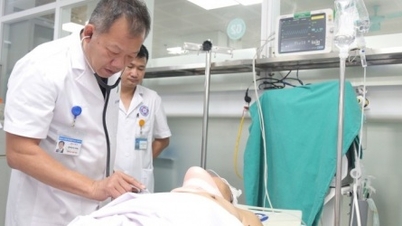

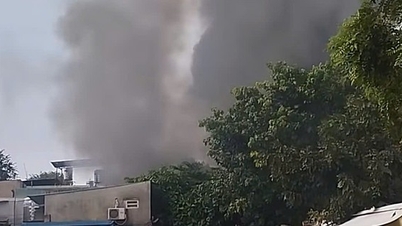





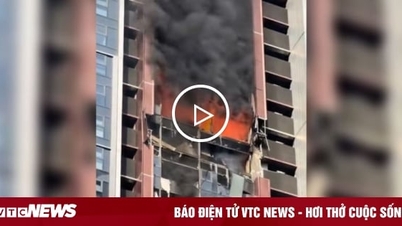


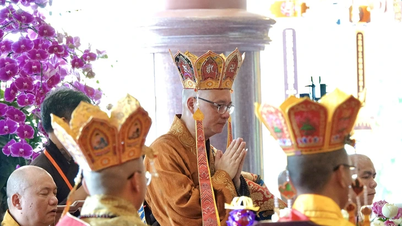














![[Photo] General Secretary To Lam and international leaders attend the parade celebrating the 80th anniversary of the victory over fascism in Russia](https://vphoto.vietnam.vn/thumb/1200x675/vietnam/resource/IMAGE/2025/5/9/4ec77ed7629a45c79d6e8aa952f20dd3)


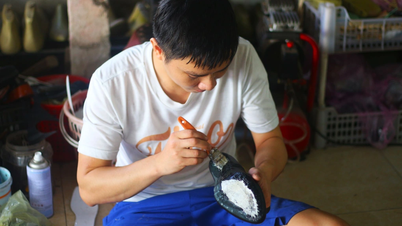










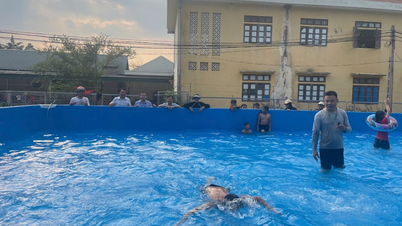


















































Comment (0)